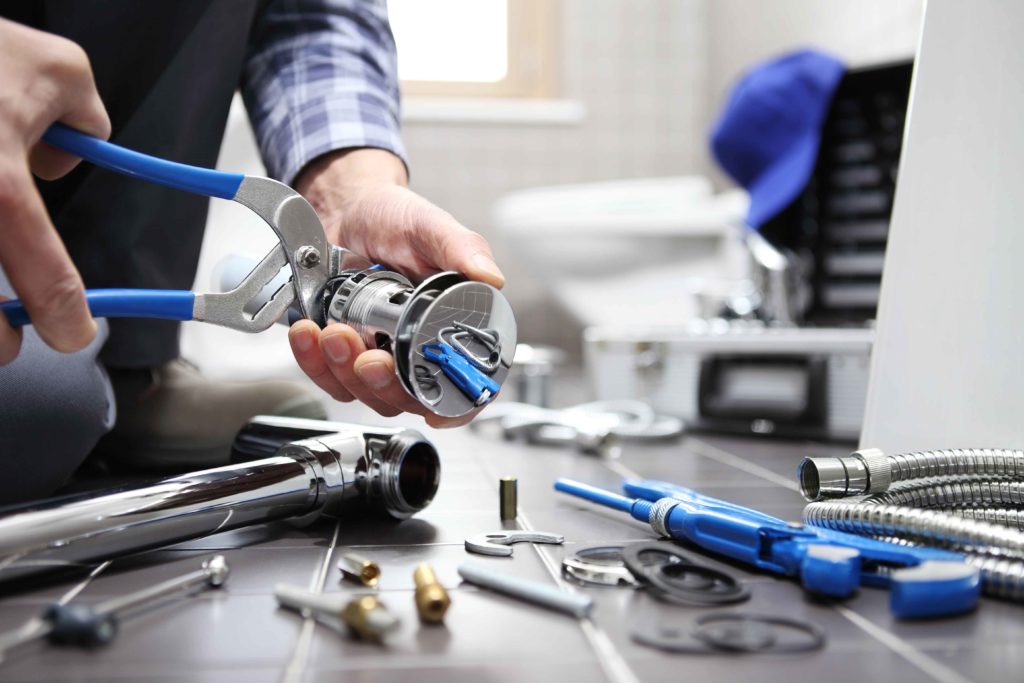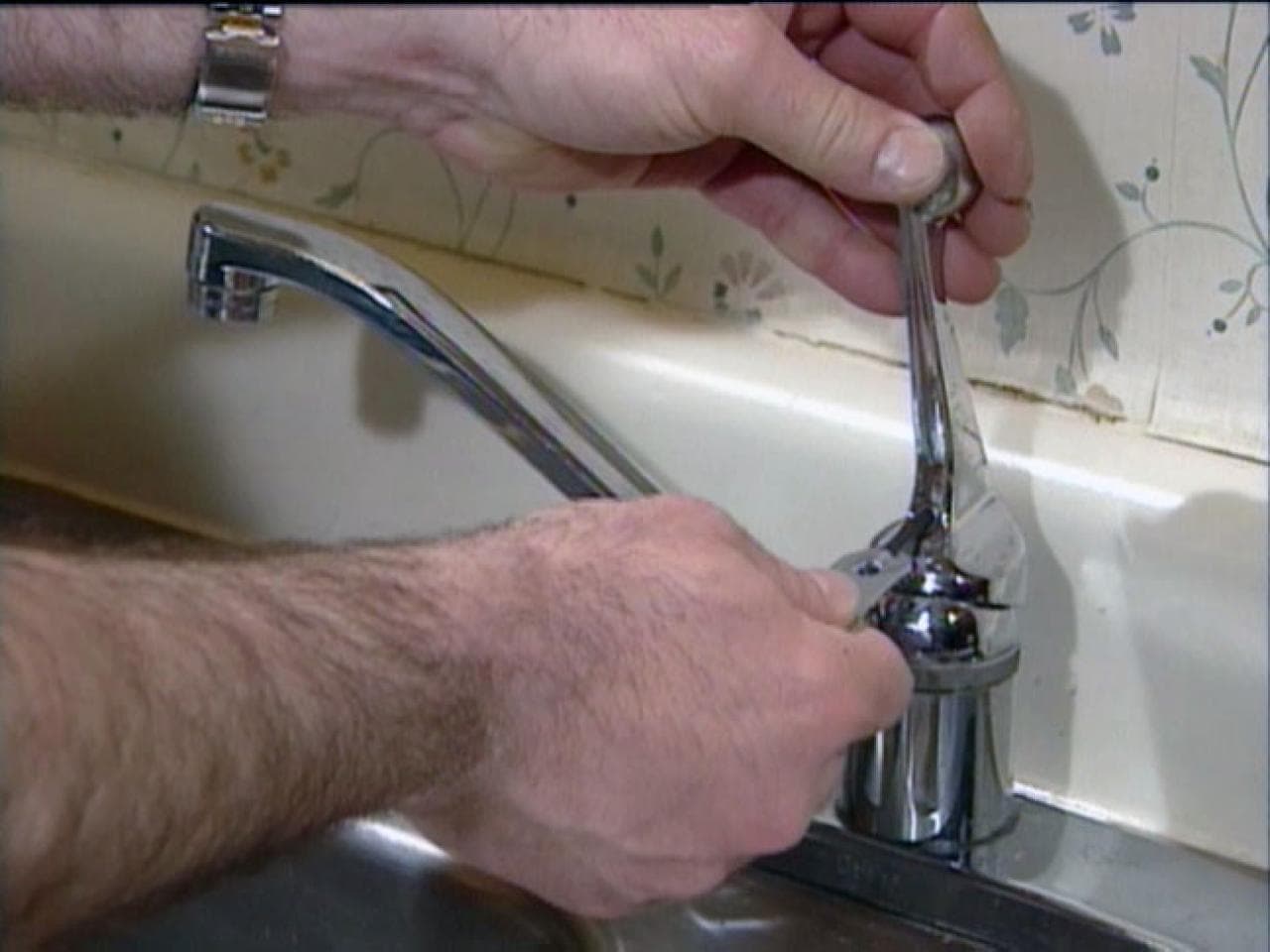Understanding the Significance of Repairing a Dripping Faucet
Understanding the Significance of Repairing a Dripping Faucet
Blog Article
Are you hunting for additional info on Why Are My Faucets Dripping (And Can I Fix It Myself)??

Trickling taps could feel like a minor aggravation, but their influence surpasses simply the inconvenience of the sound. From drainage to incurring unneeded financial prices and wellness threats, overlooking a dripping tap can bring about numerous effects. In this post, we'll explore why it's important to address this usual family concern promptly and properly.
Waste of Water
Ecological Impact
Leaking faucets add dramatically to water wastage. According to the Environmental Protection Agency (EPA), a single tap dripping at one drip per second can squander greater than 3,000 gallons of water each year. This not only pressures water resources yet likewise affects ecological communities and wild animals dependent on them.
Financial Costs
Boosted Water Bills
Beyond the ecological influence, leaking faucets can inflate water bills substantially. The gathered wastefulness gradually translates right into greater utility expenditures, which might have been prevented with prompt fixings.
Prospective Building Damages
Moreover, extended dripping can bring about damage to components and surfaces surrounding the tap. Water build-up can create staining, rust, and even structural problems if left neglected, leading to added repair work expenses.
Health and wellness Issues
Mold and Mold Development
The consistent existence of dampness from a dripping tap creates an ideal setting for mold and mildew and mildew growth. These fungi not just endanger indoor air top quality yet also present health dangers, specifically for individuals with respiratory conditions or allergic reactions.
Waterborne Conditions
Stagnant water in trickling taps can become a breeding place for germs and various other pathogens, increasing the risk of waterborne illness. Pollutants such as Legionella microorganisms thrive in stagnant water, possibly leading to serious diseases when ingested or breathed in.
Do it yourself vs. Expert Repair
Benefits and drawbacks of DIY Fixing
While some may try to fix a leaking faucet themselves, do it yourself repair work feature their very own collection of obstacles. Without appropriate knowledge and devices, do it yourself attempts can intensify the problem or result in incomplete repairs, lengthening the issue.
Advantages of Hiring an Expert Plumber
Employing an expert plumber makes sure that the underlying reason for the leaking tap is addressed successfully. Plumbings have the experience and equipment to diagnose and fix tap problems efficiently, conserving time and lessening the threat of additional damage.
Step-by-Step Overview to Fixing a Dripping Tap
Devices Needed
Before trying to repair a leaking faucet, gather the required tools, including an adjustable wrench, screwdrivers, replacement components (such as washers or cartridges), and plumber's tape.
Typical Tap Issues and Their Solutions
Recognize the sort of tap and the certain issue creating the drip. Common issues include worn-out washers, rusty valve seats, or faulty O-rings. Refer to supplier guidelines or on the internet tutorials for step-by-step guidance on repair work.
Safety nets
Regular Upkeep Tips
To stop dripping taps, perform routine upkeep such as cleansing aerators, inspecting for leaks, and replacing damaged components without delay. Additionally, think about setting up water-saving gadgets or updating to extra reliable fixtures.
Importance of Prompt Repairs
Addressing dripping taps as quickly as they're seen protects against more water wastefulness and prospective damage, ultimately saving both water and cash over time.
Effect On Residential Property Worth
Perception of Well-Maintained Property
Keeping a property in good condition, consisting of dealing with maintenance issues like trickling faucets, enhances its regarded worth and value amongst prospective buyers or lessees.
Influence on Resale Value
Properties with properly maintained plumbing fixtures, consisting of faucets, command greater resale values in the realty market. Addressing leaking faucets can contribute to a positive impact during building evaluations and arrangements.
Ecological Responsibility
Private Payment to Conservation
Taking responsibility for taking care of trickling taps straightens with more comprehensive efforts toward water conservation and environmental sustainability. Every individual's actions jointly make a substantial influence on maintaining priceless sources.
Lasting Living Practices
By focusing on punctual repair services and taking on water-saving behaviors, individuals add to sustainable living techniques that profit both present and future generations.
Final thought
Resolving a dripping faucet goes beyond plain comfort; it's a vital step towards conserving water, minimizing financial expenses, and safeguarding health and wellness and home. Whether via DIY repair work or expert support, taking action to deal with dripping faucets is a small yet impactful means to advertise accountable stewardship of resources and add to a much healthier, extra lasting future.
How to Fix a Leaky Faucet: Step-by-Step Repair Guide
A leaky faucet may seem like a simple annoyance, but if it's not fixed promptly, that leak could cost hundreds to potentially thousands. From water damage to mold, mildew, and high water bills, even a tiny leak can be catastrophic if left unattended. Damage like this can even affect the overall value of your home, so it's important to take the right approach for leaky faucet repair. You may need the help of a plumber in some cases, but we've got a few tips you can try on how to fix a leaky faucet before calling the pros.
Four Faucet Types
When you're learning how to fix a leaky faucet, the first step is knowing what kind of faucet you're working with! There are four common types.
Cartridge Faucets
Cartridge faucets come in one- or two-handled varieties. In one-handled cartridge faucets, hot and cold water combines in a single cartridge. In the two-handled versions, hot and cold water are controlled separately and mixed in the faucet.
Ball Faucets
Ball faucets have a single lever you push up and down to adjust the pressure and rotate to change the temperature. A slotted metal ball controls the amount of water allowed into the spout.
Compression Washer Faucets
They're the oldest type of faucet, but they're still used in many homes — especially older ones. Compression faucets have two separate handles that, when turned, raise or lower the washer that seals a water valve. This valve stops water from flowing through the faucet when it is turned off.
Disc Faucets
Disc faucets rarely need to be repaired due to their maintenance-free design. The water flow is controlled by two discs — the upper one raises and lowers against a fixed lower disc, creating a watertight seal. If your disc faucet starts leaking, you may need to replace the seals or clean residue buildup from the inlets.
Fixing a Leaky Faucet
Step 1: Turn Off the Water
Whether you're learning how to fix a leaky bathtub faucet or how to fix a leaky kitchen faucet, always turn off the water supply to your working area when you're fixing a leak. The last thing you want is a flood added to your list of things to fix.
Look for the shutoff valves below your sink or around the tub and turn them clockwise to stop the water flow. If your faucet doesn't have shutoff valves, you may need to turn off the water for the whole house. Check to make sure it's off by turning the faucet on. If nothing comes out, you're ready to start the repair.
Step 2: Take Apart the Faucet
How you disassemble your faucet depends on the type of fixture you have. You can use a flathead screwdriver to remove the caps on top of the handle or handles for cartridge and compression faucets. Inside, you should see handle screws. Unscrew these with a screwdriver to remove the handle.
Disc- and ball-style faucets will typically have an inlet screw near the handle, and removing that will reveal the interior of the faucet.
Detach the Valve Stem
For cartridge- and compression-style faucets, you'll see the inner valve stem or cartridge once you remove the faucet handles. If you have a compression faucet, unscrew the brass valve stem. If you have a cartridge faucet, pull out the cartridge. If your cartridge has been in place for a while, it may require some tools or extra force to remove it due to mineral deposits.
Examine and Replace Parts
Once you've removed the parts, check them out to confirm what needs to be replaced. You may see corroded rubber washers, O-rings, stems, or cartridges. On a ball-style faucet, check the seats and springs for damage.
If you need to repair a leaky disc faucet, check the inlet and seals on the lower disc.
Once you determine what parts must be replaced, visit your local hardware store. Bring the damaged parts with you to ensure you can purchase the correct components to replace them.
Clean Valves and Faucet Cavity
If you've removed a stem or cartridge, you may notice mineral buildup in the faucet's threads. Use white vinegar to clean the valve seat by soaking it for a few minutes, then scrub it away with a soft toothbrush and rinse with warm water. You can also clean the interior of the faucet in the same way.
Reassemble the Faucet
Once your faucet is cleaned and the required parts have been replaced, it's time to reassemble it. Put the pieces back together and slowly turn the water supply back on. Doing this slowly is crucial because too much initial water pressure can damage the new hardware you've just installed.
https://homewarranty.firstam.com/blog/how-to-fix-leaky-faucet

Do you appreciate more info about Why It's Important to Fix Leaky Faucets? Put a remark further down. We would be delighted to listen to your opinions about this review. We hope that you come back again soon. Sharing is good. You won't know, you may be helping someone out. I value your readership.
Report this page